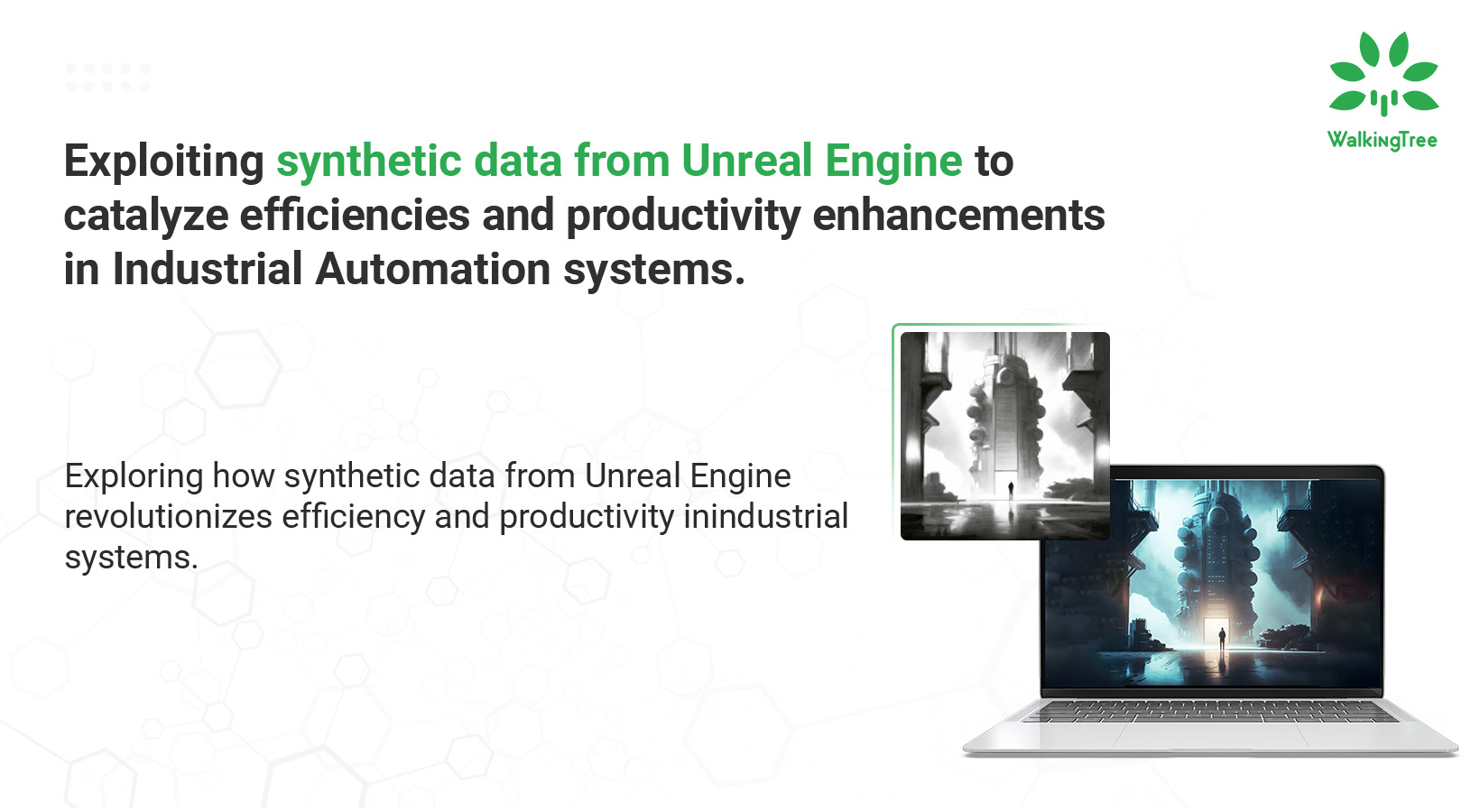 The Rise of Generative AI in the Workplace
The Rise of Generative AI in the Workplace
Generative AI has quickly gained popularity since its emergence in 2023, transitioning from personal use to being integrated into the workplace. In fact, Microsoft’s 2024 Work Trend Index Annual Report revealed that 75% of knowledge workers are already utilizing AI at work, with usage doubling in the past six months. However, a significant portion of this AI usage, 78%, consists of “bring your own AI” (BYOAI) tools brought by workers themselves.
The Challenge of Channeling Enthusiasm into Business Value
Colette Stallbaumer, WorkLab Cofounder and Copilot GM at Microsoft, highlighted the challenge – or opportunity – for organizations and leaders to harness the individual enthusiasm and experimentation surrounding AI and transform it into tangible business value. Stallbaumer emphasized the importance of activating AI at every level of the organization, from the CEO to line of business leaders, by embracing experimentation, identifying AI champions, and channeling enthusiasm.
Enhancing Copilot with New Capabilities
Customer feedback has played a crucial role in shaping the development of Microsoft Copilot. As a result, the company has introduced several new capabilities, such as workplace-specific prompts, function-specific prompts, and the ability to share and reuse prompts. Additionally, Microsoft has improved the prompt-writing process by adding an auto-complete feature and a rewrite feature. Customers can now even schedule prompts to run at specific times of the day. These enhancements aim to make Copilot more user-friendly and efficient.
Measuring the Impact of Generative AI
Quantifying the impact of generative AI, such as employee productivity and satisfaction, has proven challenging. Initially, Microsoft focused on time savings and productivity across universal knowledge work tasks. However, they discovered that customers desired more substantial changes, with metrics centered on real business value. Consequently, Microsoft shifted its approach to focus on understanding the business problems that AI is best suited to solve. By examining various processes within functions like sales, finance, HR, and marketing, Microsoft determines the key performance indicators (KPIs) where AI can make a significant difference.
Real-Life Examples of AI’s Impact
Microsoft has already witnessed the transformative power of Copilot in various business functions. For instance, when applied to specific areas of a customer service agent’s workflow, Copilot led to a 12% faster resolution of cases, resulting in happier customers and requiring 13% less intervention or peer support. In the finance team, Copilot reduced the time spent on account reconciliation tasks from hours to just 10 minutes. This demonstrates how AI can streamline and optimize knowledge work, enabling employees to focus on higher-value tasks.
The Future of Work and AI-Powered Work
Stallbaumer envisions a fundamental change in knowledge work, where people’s roles shift from being mere doers to supervisors of their own work and AI-generated output. AI will handle tasks that can be automated, allowing employees to focus on relationship-building and strategic growth. However, this transition requires training to change ingrained pre-AI habits. Surprisingly, Microsoft’s research shows that only 39% of AI users have received proper AI training, and only 25% of organizations plan to offer training in the coming year. Stallbaumer emphasizes the importance of training to create a “flywheel” of AI usage and maximize its benefits.
Converting Skeptics into Power Users
To encourage AI adoption, Microsoft is conducting an internal experiment to determine the most effective training interventions. The Work Trend Index Annual Report reveals that organizations have a spectrum of users, ranging from skeptics to power users. Power users, who embrace experimentation and persistence, report feeling more productive, enjoying their work, and managing their workload more effectively. They are also more likely to have heard from their line leader about the importance of using AI to transform their function. This highlights the need to convert skeptics into power users to fully leverage the potential of AI.
In conclusion, the rise of generative AI in the workplace presents both challenges and opportunities for organizations. By effectively integrating AI at all levels, embracing experimentation, and measuring its impact on real business value, companies can transform knowledge work and empower employees to focus on higher-value tasks. However, this transformation requires proper training and a shift in mindset. The future of work is evolving, and AI will play a crucial role in shaping how people spend their time and the nature of their work.

